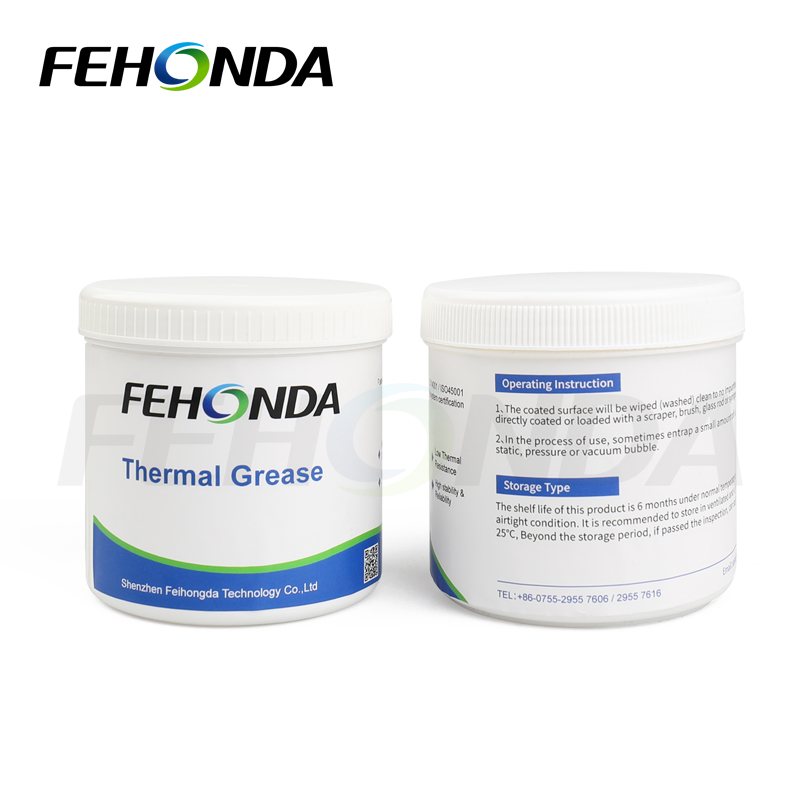Thermal conductive silicon film is generally used in places where it is inconvenient to apply silicone grease, such as the power supply part of the motherboard. The power supply part of the motherboard has a relatively high amount of heat now, but the MOS tube part is uneven and it is inconvenient to apply silicone grease, so we stick silicone adhesive paper. In addition, multiple parts need to be in contact with different parts of the graphics card under the heat sink of the graphics card. Thermal conductive silicone grease is inconvenient to use and can be replaced with thermal conductive silicone pads. It is recommended to use thermal grease for general desktop computer CPUs because we disassemble and assemble them more frequently than hardware. In the future, thermal conductive silicone grease can also be used for comparison.

In addition to the above reasons, the following are the differences between CPU thermal grease and silicone thermal film:
1. Thermal conductivity: The thermal conductivity of thermal conductive silicone grease can reach 0.8-6.0 w/m.k, and the thermal conductivity of thermal conductive silicone film can reach 1.0-10w/m.k or above.
2. Thermal conductivity effect: Due to the low thermal resistance of thermal conductive silicone grease, thermal conductive silicone grease with the same thermal conductivity is superior to thermal conductive silicon wafers. So to achieve the same thermal conductivity effect, the thermal conductivity of the thermal conductive silicon film must be higher than that of the thermal conductive silicone grease.
3. Insulation: Some models of thermal conductive silicone grease have poor insulation performance due to the addition of metal powder, while thermal conductive silicone sheets have good insulation performance and can withstand voltages above 5000 volts.
4. Form: The thermal conductive silicone grease is in the form of a paste, and the thermal conductive silicone sheet is in the form of a sheet.
5. Thickness: As a thermal conductive material for filling gaps, thermal conductive silicone grease is limited, and the thickness of thermal conductive silicone sheets ranges from 0.3-8mm, with a wide range of applications.
6. Usage: Thermal grease should be evenly applied (not convenient for large hardware), which can easily contaminate surrounding equipment, cause short circuits, and scratch electronic components; Thermal conductive silicon wafers can be cut freely, and the protective film can be peeled off and directly pasted with small tolerances and cleanliness. Thermal conductive silicone film is easy to reinstall, but it is also inconvenient to apply thermal conductive silicone grease again after disassembly and assembly.





